
Gray fox
Urocyon cinereoargenteus
No other canid's natural range spans both North and South America and it is the only American canid that can climb trees.
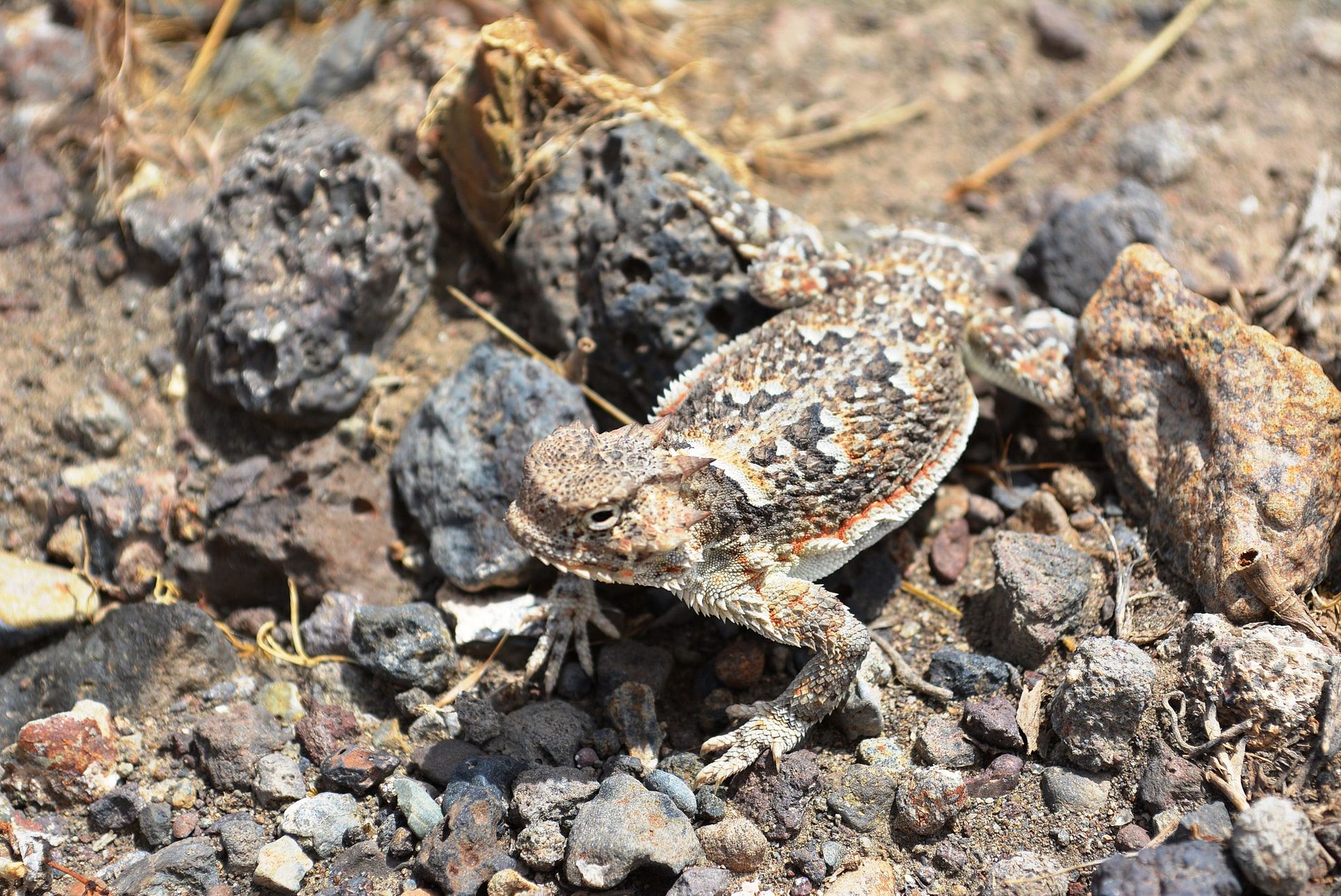
Coast horned lizard
Phrynosoma coronatum
Appears rough and spiky but is actually smooth-skinned, with sharp spikes along its sides, back and head. As a defense the lizard can shoot high pressure streams of blood out of its eyes if threatened.

Cooper's hawk
Accipiter cooperii
These birds capture prey from cover or while flying quickly through dense vegetation, relying almost totally on surprise. Cooper's hawks prey almost exclusively on small to mid-sized birds.
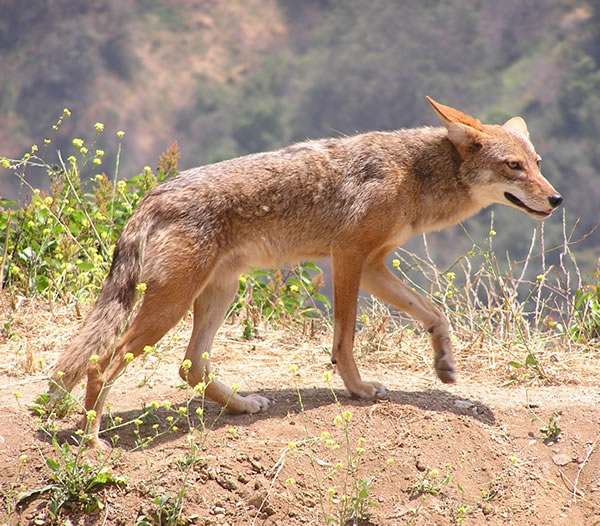
Coyote
Canis latrans
It is a highly versatile species, whose range has expanded amidst human environmental modification.
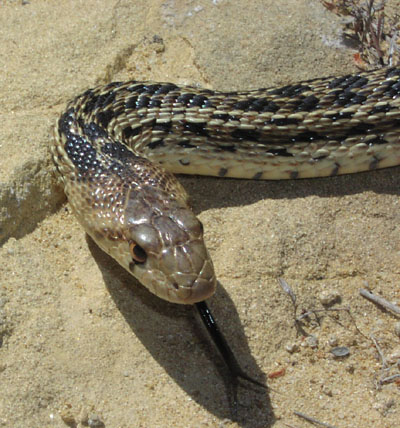
Gopher snake
Pituophis catenifer
This nonvenomous snake is often mistaken for a rattlesnake but can be easily distinguished by the lack of black and white banding on its tail, and by the shape of its head which is narrower than a rattlesnake's.

Cougar (mountain lion)
Felis concolor
This member of the Felinae family ranges from the Canadian Yukon to the southern Andes of South America, the greatest of any large wild terrestrial mammal in the Western Hemisphere.

Wild turkey
Meleagris gallopavo
It is the same species as the domestic turkey, which was originally derived from a southern Mexican subspecies of wild turkey.
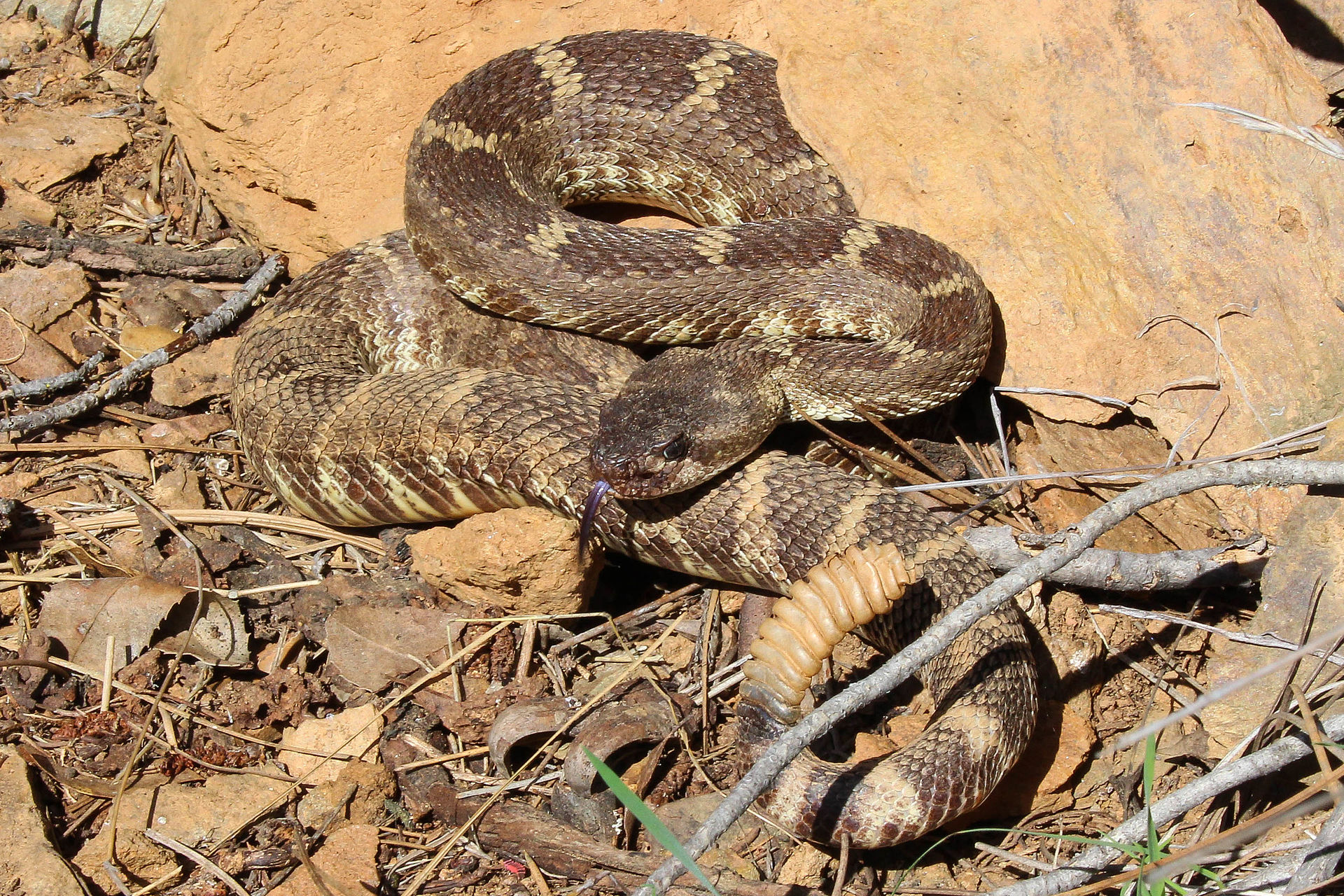
Western rattlesnake
Crotalus oreganus
A venomous pit viper species found in the western US and northwestern Mexico. Using its heat-sensing facial pits to locate prey, western rattlesnakes eat birds and their eggs, small mammals such as mice and rabbits.
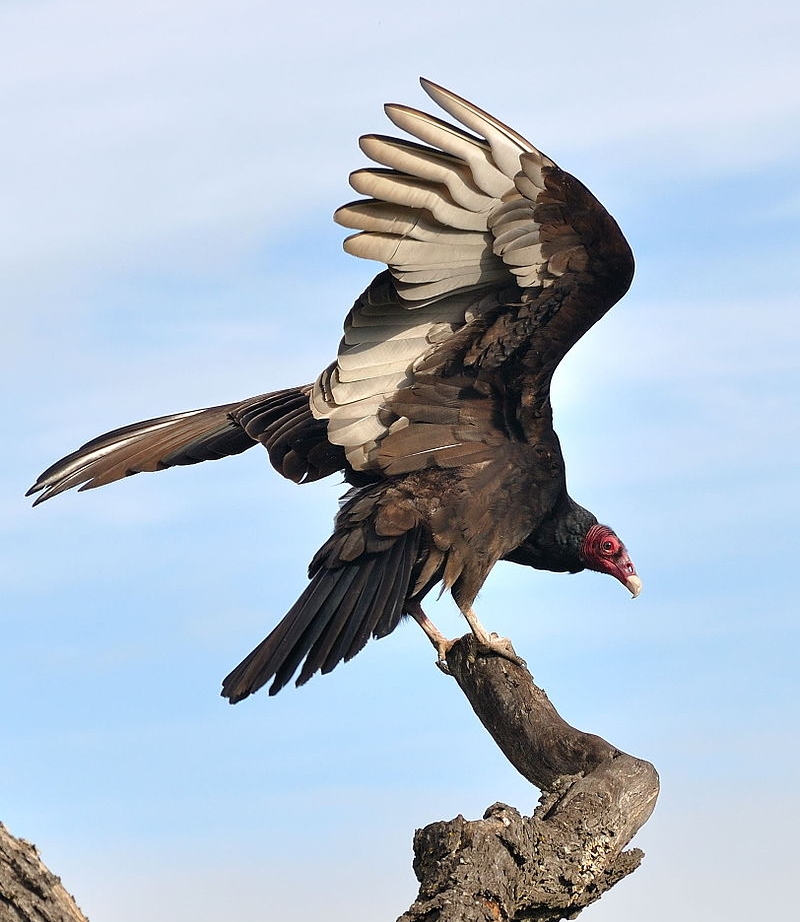
Turkey vulture
Cathartes aura
Also known as a buzzard, the turkey vulture is a scavenger and feeds almost exclusively on carrion.
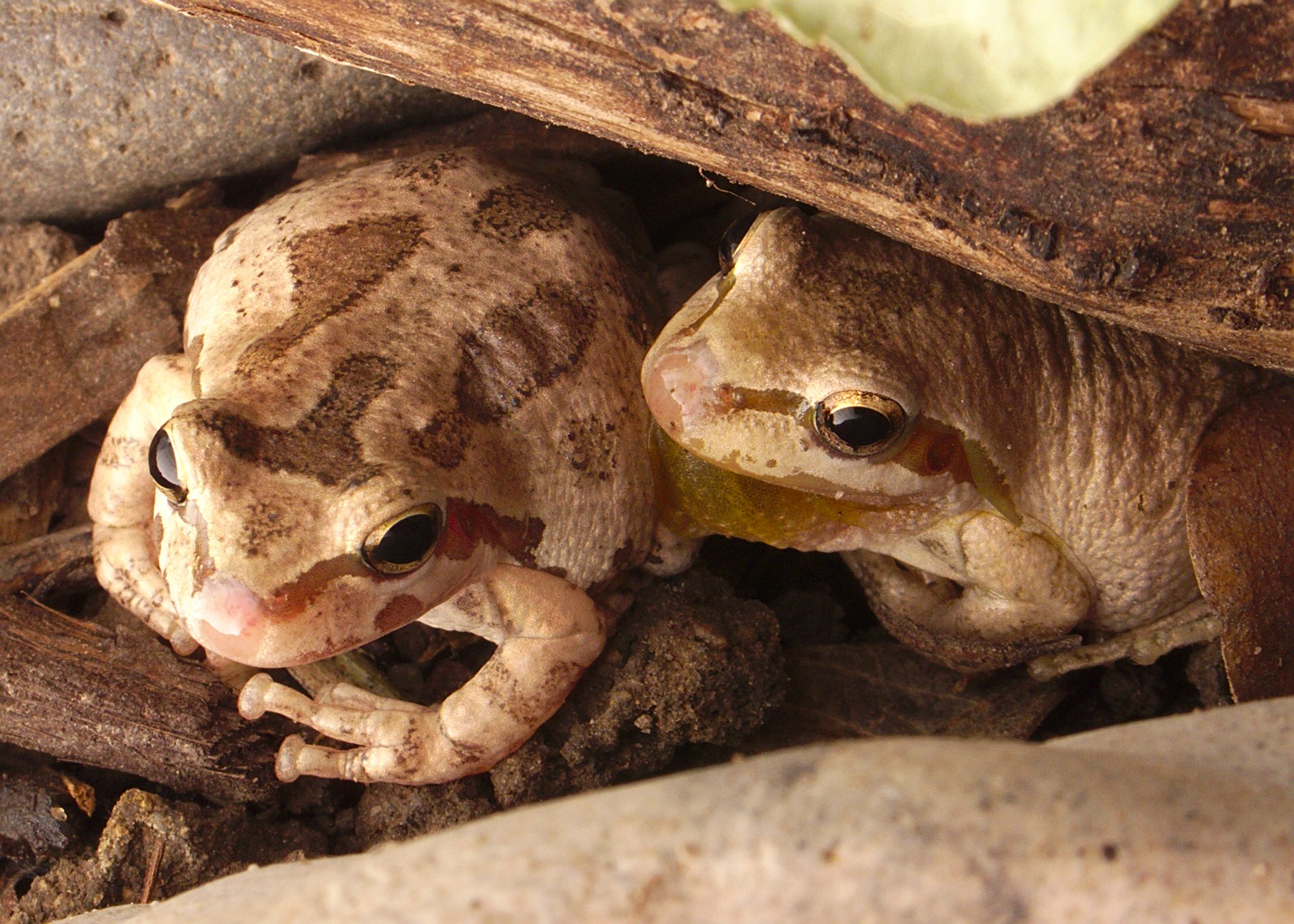
California Tree frog
Pseudacris cadaverina
This common species is most likely to occur along streams with abundant boulders and cobbles in their channels.
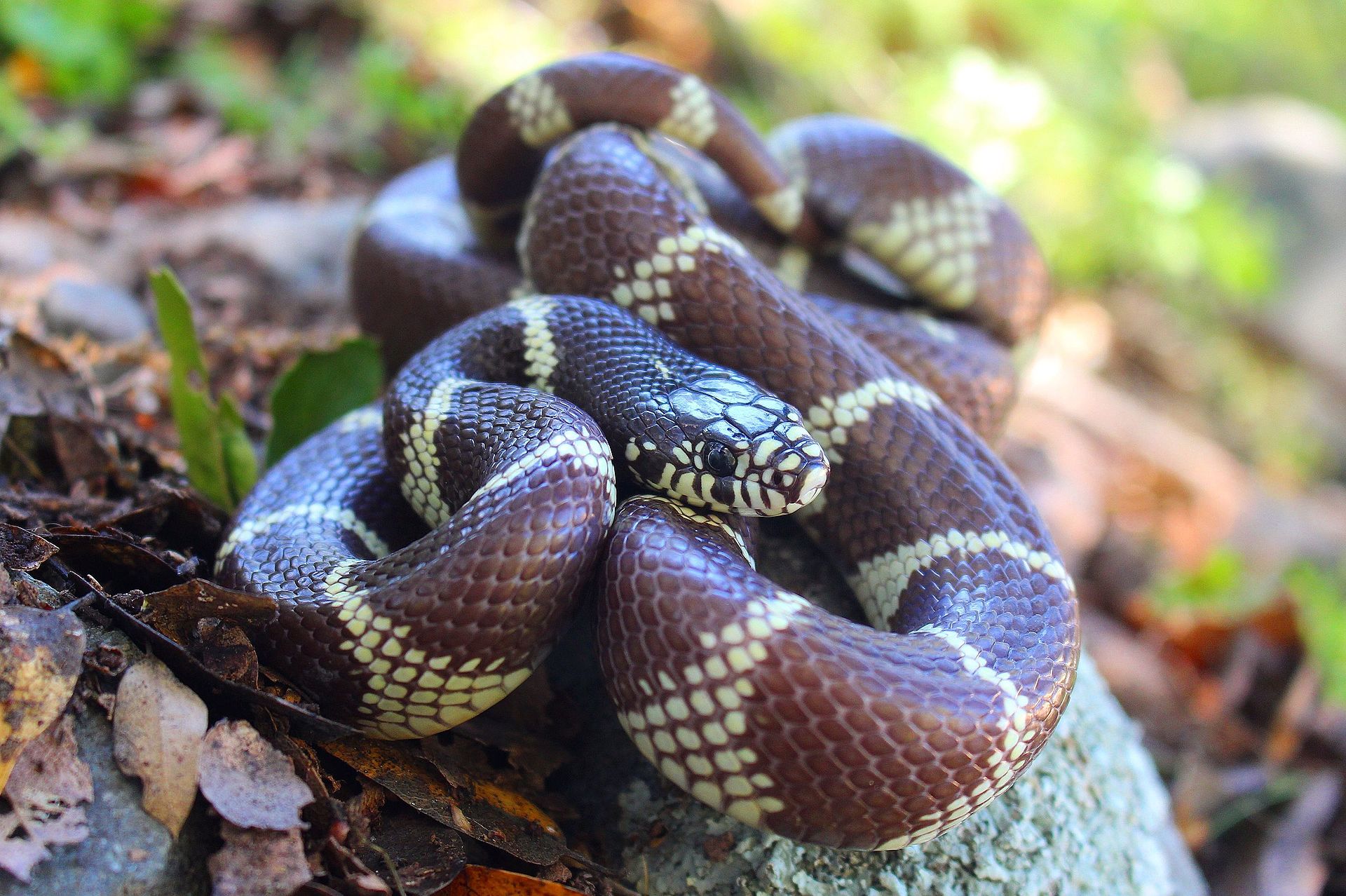
California kingsnake
Lampropeltis getula californiae
A nonvenomous snake found in the western US and northern Mexico. The "king" in their name refers to their propensity to hunt and consume other snakes, including venomous rattlesnakes!

Great horned owl
Bubo virginianus
This is a large owl native to the Americas. It is an extremely adaptable bird with a vast range. It mostly eats small mammals.
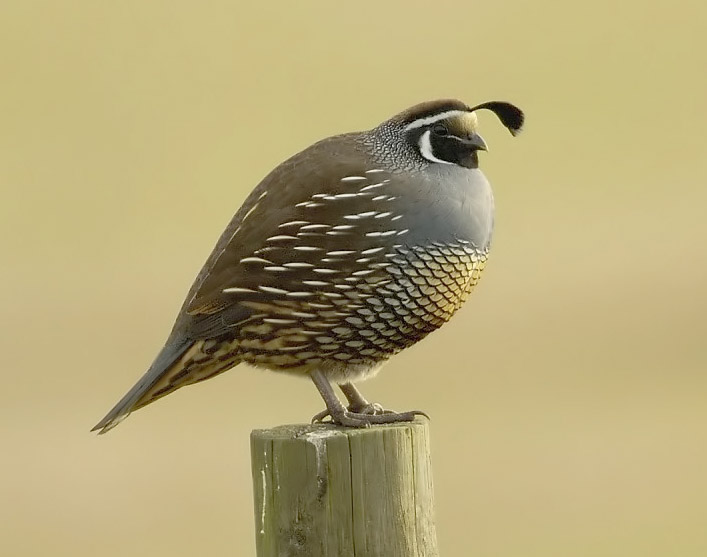
California quail
Callipepla californica
These birds have a curving crest or plume, made of six feathers, that droops forward: black in males and brown in females. They are a highly sociable bird that often gathers in small flocks known as "coveys".
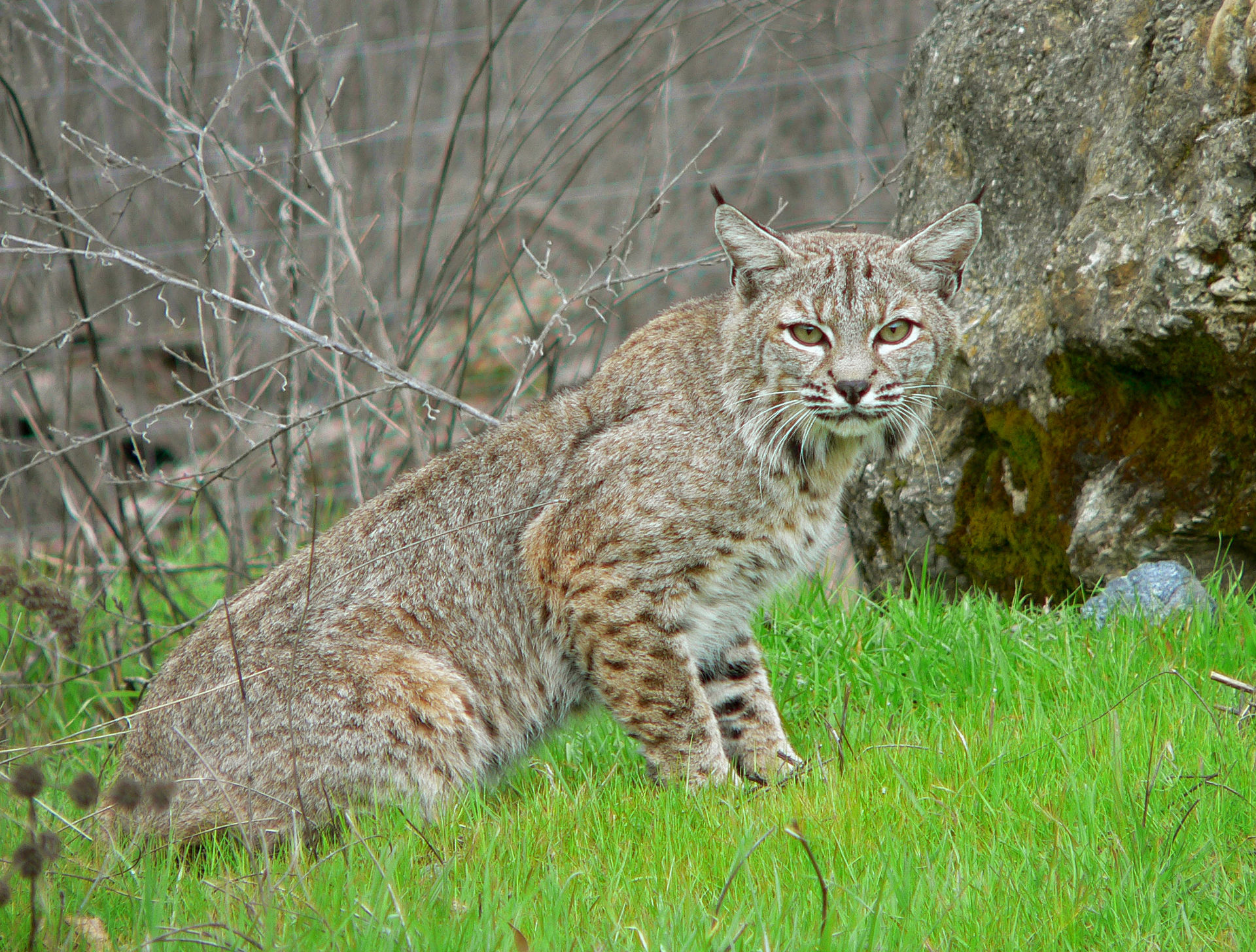
Bobcat
Lynx rufus
The bobcat is an adaptable predator that inhabits wooded areas, as well as semidesert, forest edges, and swampland environments. It remains in some of its original range, but local populations are vulnerable to extirpation by coyotes and domestic animals

Mule deer
Odocoileus hemionus
A deer indigenous to western North America; it is named for its ears, which are large like those of the mule.















